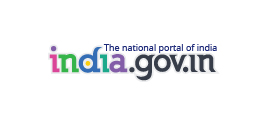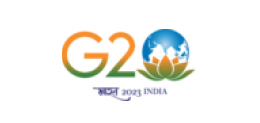Introduction
In August 1992, the National Goiter Control Programme (NGCP) was renamed the National Iodine Deficiency Disorders Control Programme (NIDDCP) to address a wide range of iodine deficiency disorders, including mental and physical retardation, deaf-mutism, cretinism, stillbirths, and abortions. The programme is implemented nationwide. NIDDCP aims to reduce IDD prevalence to below 5% and ensure 100% household consumption of adequately iodized salt (15ppm).
Objectives :
-
The Objectives of the National Iodine Deficiency Disorders Control Programme
are as follows:
- Surveys to assess the magnitude of Iodine Deficiency Disorders in the districts.
- Supply of iodated salt in place of common salt.
- Resurveys to assess iodine deficiency disorders and the impact of iodated salt after every 5 years in the districts.
- Laboratory monitoring of iodated salt and urinary iodine excretion.
- Health Education and Publicity.
Activities:
- Technical guidance to the States/UTS.
- Inter-sectoral co-ordination at Central level and maintenance of close liaison with the Ministry of Industry/Transport etc.
- Coordination of the various facets of NIDDCP in States/ UTS.
- Undertaking independent IDD surveys and monitoring in various States/UTS.
- Imparting training to the State Health Personnel, involved in NIDDCP.
- Collection, compilation and analysis of relevant data from States/UTs with a view to render more effective and meaningful advice.
- Monitoring of the quality control of Iodated salt at production level through the Salt Commissioner and at the distribution and consumer level through the State Health Directorate.
- Monitoring the procurement and distribution of Iodated salt in States/UTS.
- Managing the IEC activities at apex level and the financial and other physical aspects of State level IDD Cells.
Achievements:
- Over the years, Total Goiter Rate (TGR) in the entire country has reduced significantly.
- As per NFHS (National Family Health Survey, India) India has achieved 94.3% in using adequately iodized salt at Household level in year 2020-2021.
- Salt samples analyzed/tested during the period April-December 2024 by States/UTs indicated 93.3% samples adequately iodized (Iodine content > 15ppm) by Volumetric method & 92.4% salt samples are good quality by Salt Testing Kits (STKs).
- Regular Review Meetings with State / UT Officials– leading to administrative commitment, thereby improvement in Quality of implementation
Last Updated On 17/04/2025








